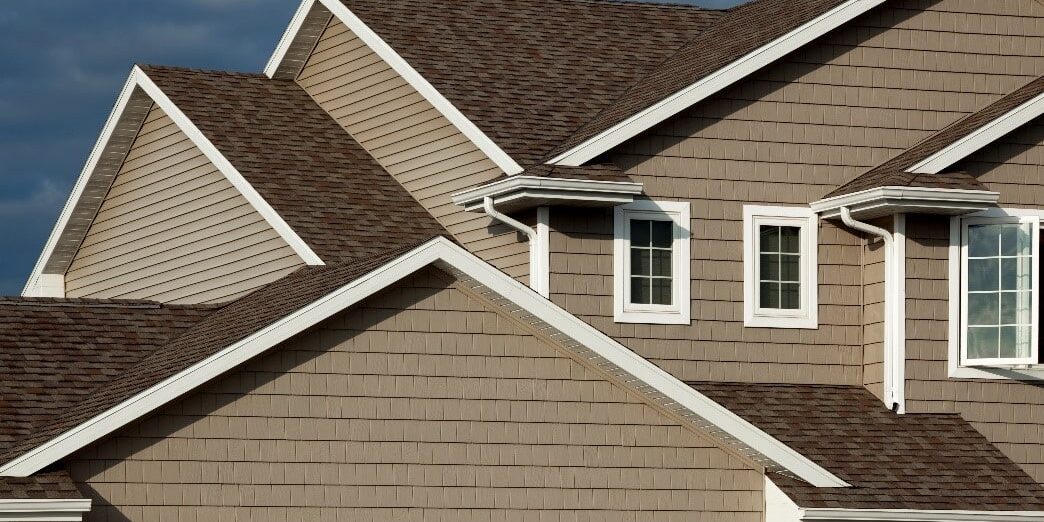Aside from enhancing curb appeal, siding provides additional protection for your home against extreme weather conditions and other outdoor elements. Because of this, choosing the best one for your needs is crucial. There are many siding materials with varying features and benefits. Here’s what you need to know:
- Vinyl
One of the most widely used siding by homeowners is vinyl. It is made of PVC, or polyvinyl chloride plastic, and is easy to install and maintain, making it a cost-effective option. This material also provides adequate insulation but can be improved if installed with foam insulation.Vinyl is resistant to rot and pests, making it fairly sturdy. Still, this siding may warp or crack in extreme temperatures and fade with excessive sun exposure.
- Wood
Wood is an excellent choice if you want a classic, timeless look for your home. This siding comes in shakes, shingles, and clapboards and can be stained and painted in different colors to fit various styles. Wood is also easy to repair and replace and is one of the sustainable options.While wood offers sufficient strength, it is vulnerable to fire, moisture, rot, and pests, requiring additional protective finishes and regular maintenance. Depending on the style and type of lumber used, this siding may be more expensive.
- Fiber Cement
This siding is a combination of Portland cement, cellulose fibers, and sand. Fiber cement boasts design versatility, offering many styles, including some that resembles the look of wood or masonry. Additionally, it can withstand harsh weather conditions and is not flammable, improving your home’s safety with additional fire resistance.Note, however, that fiber cement is heavier than other materials, making it challenging to work with. Because of this, it’s best to leave it up to a professional to prevent costly errors and ensure efficient installation.
- Metal
Steel, copper, and aluminum may be used as home siding materials. They are highly durable, eco-friendly, and require minimal maintenance. As these metal panels are paintable, you can freely customize them to any color that fits your desired style or theme.Despite its strength, metal siding is prone to dents and scratches and can be noisy during a storm or hail. It can also be expensive, so it might not be the best choice if you’re on a tight budget.
Learning about the different siding materials and their cost, maintenance requirements, and other features can help you select the ideal one for your project. If you need further help determining the most suitable option, talk to an expert. Lloyd Lumber has a wide selection of siding and other building supplies in Minnesota. Contact us today for more information!







